Special exercises to master topspin strokes in table tennis at sport specialization stage
Фотографии:
ˑ:
Associate Professor, PhD Y.A. Melnikov1
E.A. Poryvkina1
1Udmurt State University, Izhevsk
Keywords: methodology, technique, sport specialization stage, topspin stroke, meso-cycle, education and training process.
Background. Table tennis is a highly active sport with fast aggressive rallies, strong attacking strokes, active counter-play, strong services and fast movements at the table [1]. The fast progress of modern sports in general and table tennis in particular requires new, more efficient methods, tools and institutional forms being designed and implemented in the sport reserve training process.
Technical skills improvement process is ranked among the key components of the training process for many years of athletic training, with the goals of the technical component being largely revised at every training stage. These changes are reflected in the didactic approaches to the motor skills and techniques mastering methods, with a special emphasis on the age-specific sensitivities and individual traits being addressed within the guiding general educational and athletic training tenets [2, 5].
Every competitive and technical accomplishment in sport comes through perfect technical actions i.e. mastery in the sport-specific techniques. Technical training system, therefore, is designed based on the competitive situation analysis and actions to build up due motor perceptions and reasonably programmed motor skills for success in competitions [3, 4, 6].
Modern table tennis is highly versatile in technical aspects of the game [1], with topspin strokes being ranked among the key techniques the players need to master for success. Due priority in the training process is to be given to the technical training at the early sport specialization stage when a special emphasis is made on the basics of the modern sport techniques.
Objective of the study was to develop and practically substantiate a special set of exercises to help the trainee master topspin strokes at the sport specialization stage.
Methods and structure of the study. The study was performed in the period of 2015-2016. Subject to the experiment were 8 female players aged 10-11 years and trained at Municipal Institution «Udor Children’s and Youth Sport School of Komi Republic”. The study was designed to include the following three stages.
At the first stage, we analysed the available theoretical and special practical literature on the subject.
At the second stage, we tested the players’ progress by a comparative analysis. First, we rated the players’ initial skills prior to the special training course including a set of special topspin stroke mastering exercises complementing the standard education and training process.
The education and training sessions were scheduled three times per week, each session taking 3 hours and including a principle training component supported by the above set of special topspin mastering exercises. In the first training meso-cycle, the exercises were performed in two 5-minute attempts with the 120-second rest breaks as follows: Monday: left/ right topspin strokes 32cm high from the table; Wednesday: right topspins against the wall; and Friday: left topspins against the wall. The second meso-cycle was designed as follows: Monday: left topspins against the wall; Wednesday: left/ right topspins 32cm high from the table; and Friday: right topspins against the wall.
Upon completion of the above two meso-cycles, the exercise execution sequence was changed to the following: Monday: right topspins against the wall; Wednesday: left topspins against the wall; and Friday: left/ right topspins 32cm high from the table; with the total workload remaining the same, and the total training time remaining the same – with the only difference that the players made three attempts with the rest breaks of 180 seconds.
At the third and final stage, the final tests were made, with the technical skills of the young players being rated by three experts (W=0.5).
Study results and discussion. The tests performed prior to and after the special training course including the set of special topspin mastering exercises generated the following data. The Diagonal Right Drive test, for instance, generated the following test rates prior to and after the special course: see Figure 1.
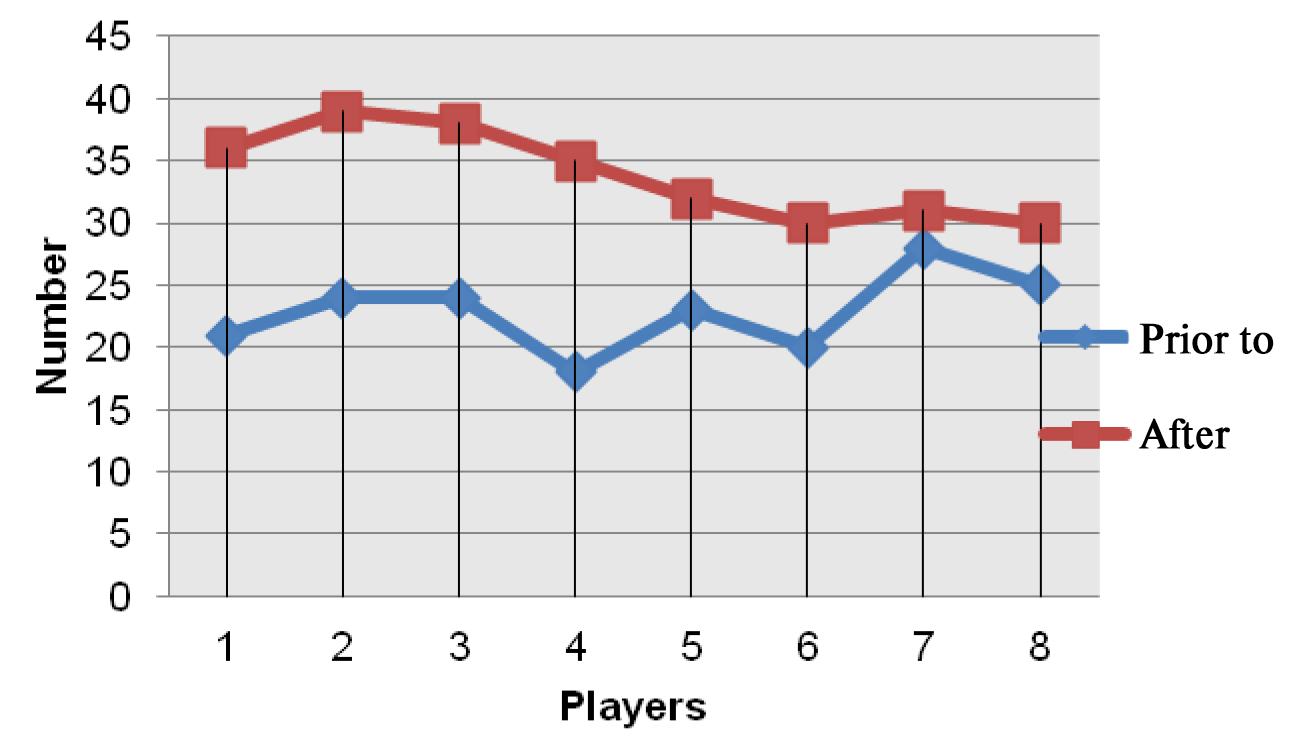
Figure 1. Diagonal Right Drive test
Every tennis player’s progress was rated with “satisfactory” mark 3 (average score of 23±1.8 strokes), and only one player failed the test with only 18 strokes. At the final stage of the course, all the girls showed good progress making the mark 4 with 34±1.8 strokes. The growth averaged 11 strokes or 48% (р<0.05), with the result being interpreted as indicative of the good progress in the technique performance.
Furthermore, the Diagonal Left Drive test (Figure 2) was initially passed by every players with mark 3 and stroke average of 24±0.49; versus the final test rate of 33±0.49 strokes rated with “good” mark 4, with the absolute growth of 9 strokes or 38% (р<0.05).
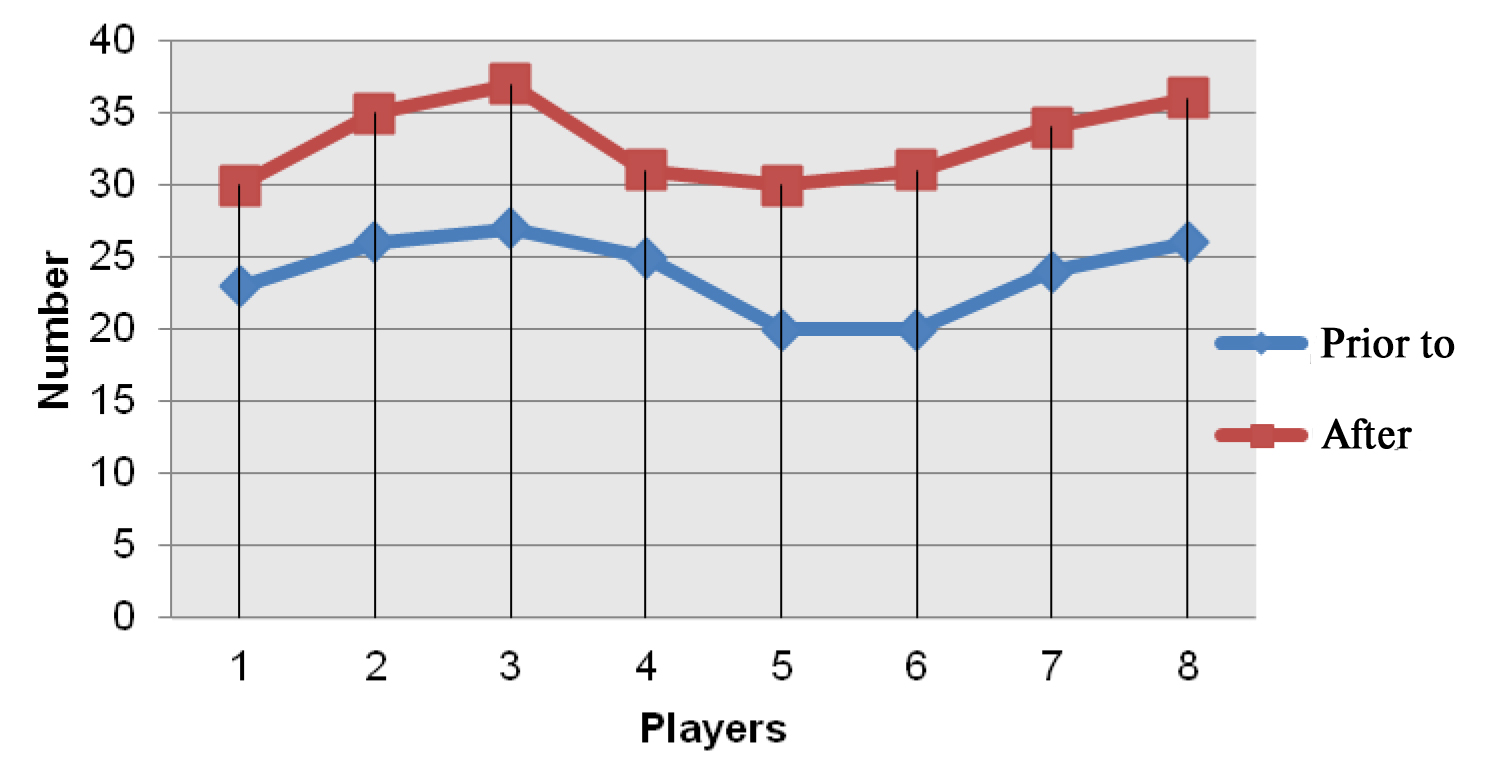
Figure 2. Diagonal Left Drive test
It should be noted that good individual progress was largely due to the individual determination for success. Of special interest were the Ten Diagonal Right Chop Service test data (see Figure 3). Initially, seven tennis players performed 6±0.15 services rated with mark 3, and one player failed the test. The final test showed the progress to 9±0.15 services rated with mark 4 and four players got “excellent” marks 5, with the performance growth rate of 50%.
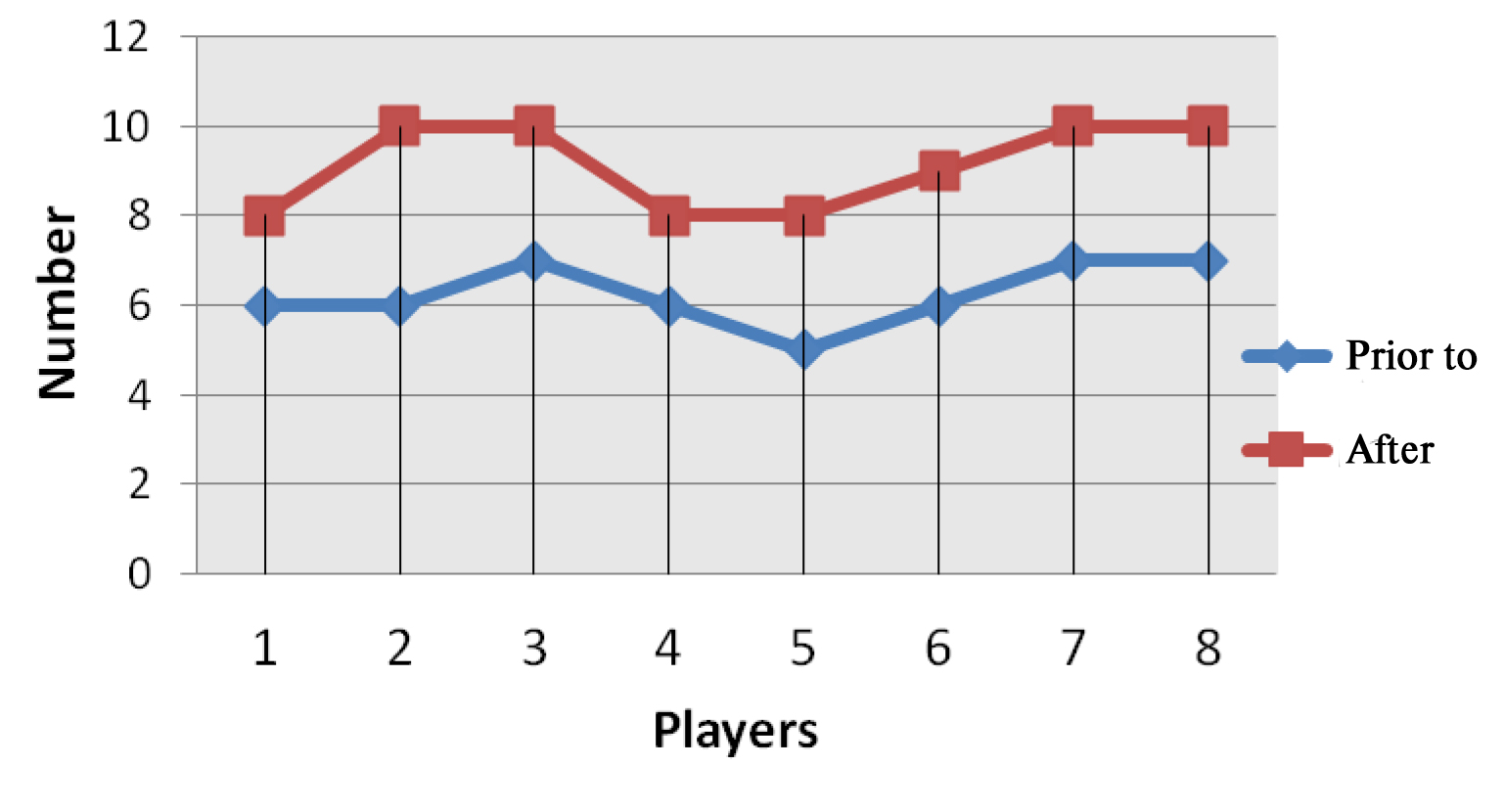
Figure 3. Diagonal Right Chop Service test
The progress may be largely due to the competitive and game elements being reasonably included in the training process to further activate and motivate the players for success in mastering the technical element.
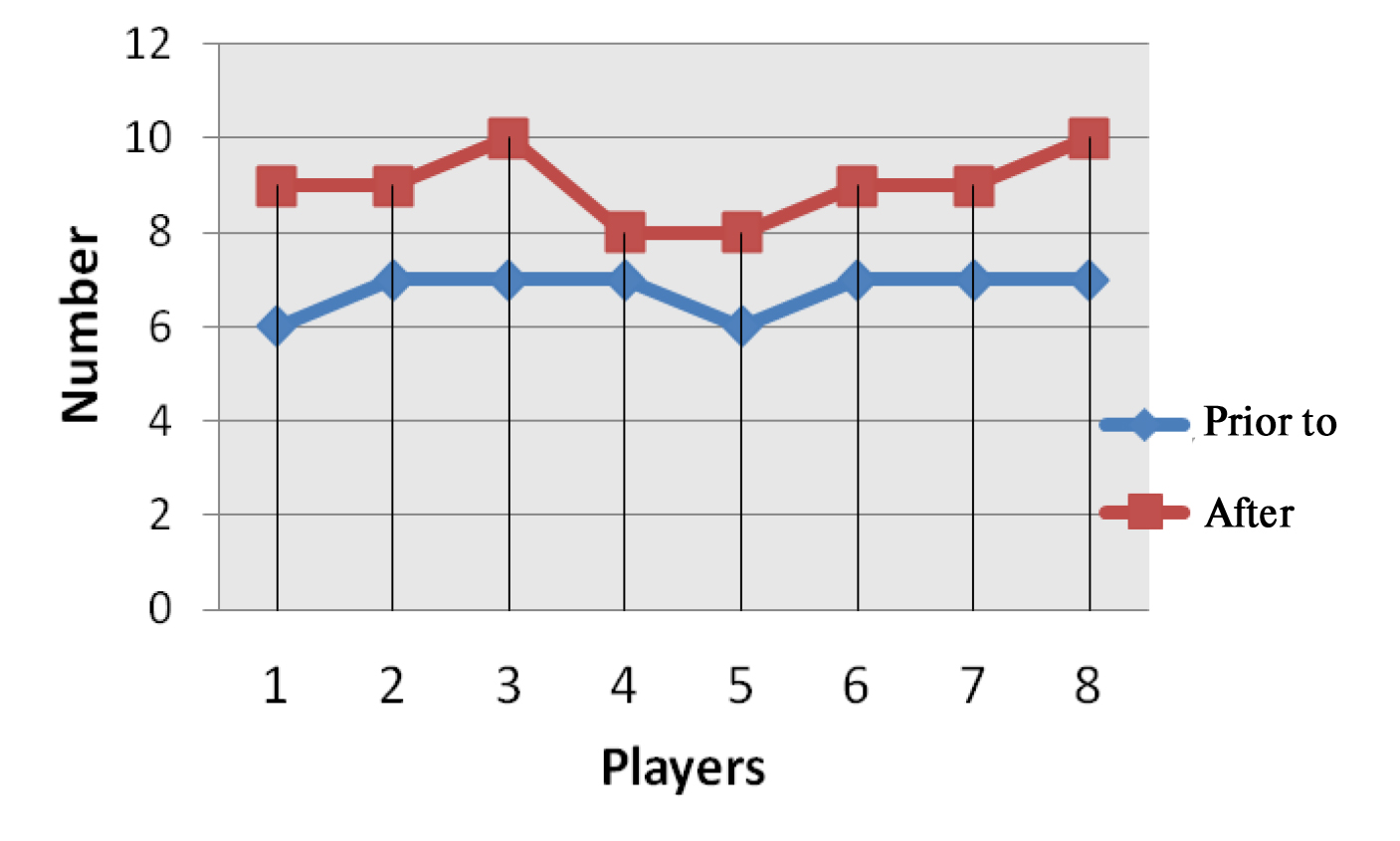
Figure 4. Diagonal Left Chop Service test
Given on Figure 5 hereunder is the reaction speed rating test data.
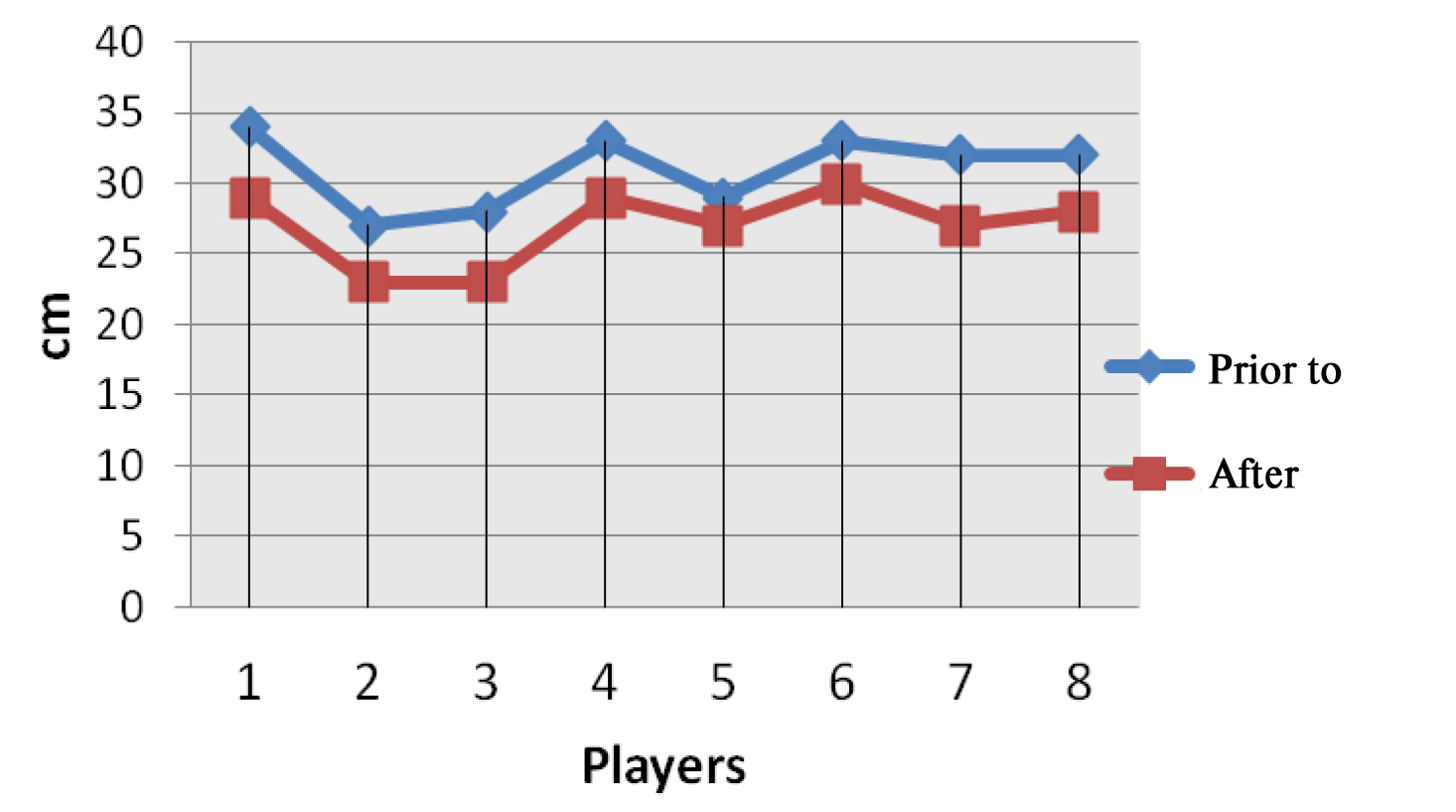
Figure 5. Reaction speed rating test
In the initial reaction speed and individual movement speed rating tests, two players were rated with 27-28 cm, and the others with 32-33 cm, with the average rate of 31±0.3 cm. In the final tests (after the special training course), two players made 23 cm in the test, with the other players varying within 27-30 cm and the average rate making 27±0.37 cm. The progress averaged 4 cm (13%), the result being significant at р<0.05.
The comparative analysis of the test rates prior to and after the special skills mastering course showed good and significant (р<0.05) progress in each of the five technical elements rating tests, the progress being indicative of the proposed training methodology being highly efficient as a supplementary component to the standard training system.
Conclusion. The tennis players’ technical mastery tests prior to the special topspin mastering exercises supplementary to the standard education and training process rated their skills on average as “satisfactory”. The final tests demonstrated the proposed topspin training methodology being highly efficient as a supplementary component to the standard training system as it gives the means to improve the education and training process efficiency at the sport specialization stage and attain the expected result in a cost-efficient manner.
References
- Nastolny tennis: primernaya programma sportivnoy podgotovki dlya detsko-yunosheskikh sportivnykh shkol, spetsializirovannykh detsko-yunosheskikh shkol olimpiyskogo rezerva (etapy sportivnogo sovershenstvovaniya), shkol vysshego sportivnogo masterstva [Table Tennis: sample training program for youth sports schools, specialized youth school of Olympic reserve (stages of sport skills improvement), elite sport schools]. State Committee for phys. education and sport, Moscow: Sovetskiy sport publ., 2004, 144 p.
- Amelin A.N. Nastolny tennis [Table Tennis]. 3rd ed., rev. and sup. Moscow: Fizkultura i sport publ., 1999, 191 p. (The ABC of Sports).
- Baygulov Y.P. Nastolny tennis: vchera, segodnya, zavtra [Table Tennis: Past, Present and Future]. Moscow: Fizkultura i sport publ., 2000, 254 p.
- Barchukova G.V., Mizin A.N. Nastolny tennis [Table Tennis: study guide for students]. Moscow: TVT Divizion publ., 2008, 188 p.
- Bogen M.M. Sovremennye teoretiko-metodicheskie osnovy obucheniya dvigatelnym deystviyam: avtoref. dis. dokt. ped. nauk [Modern theoretical and methodological foundations of teaching motor actions. Doctoral Diss. Abstract (Hab.)]. Moscow, 1989, 52 p.
- Platonov V.N. Obshchaya teoriya podgotovki sportsmenov v olimpiyskom sporte [General theory of athletic training in Olympic sports]. Kiev: Olimpiyskaya literatura publ., 1997, 518 p.
Corresponding author: pffkksi@mail.ru
Abstract
Modern highly competitive table tennis sport requires from the players being perfectly trained for success. It is the efficient training system at the primary sport specialization stage designed to help the trainees master the basics of the sport techniques that is pivotal for success of the athletic training process in this stage. Every competitive and technical accomplishment in sport comes through perfect technical actions i.e. due mastery in the sport-specific techniques. Objective of the study was to develop and practically substantiate a special set of topspin mastering exercises being efficient at the sport specialization stage. The method is designed to first shape up the primary movement sequence to provide a structured base for the more complicated motor skill. The study was performed in the period of 2015-2016. Subject to the experimental course and tests were 8 female players aged 10-11 years trained at Udor Children’s and Youth Sport School of Komi Republic. The educational test data and analyses showed benefits of the proposed training course that helps improve the standard education and training process efficiency and the training quality to effectively attain the anticipated result.



